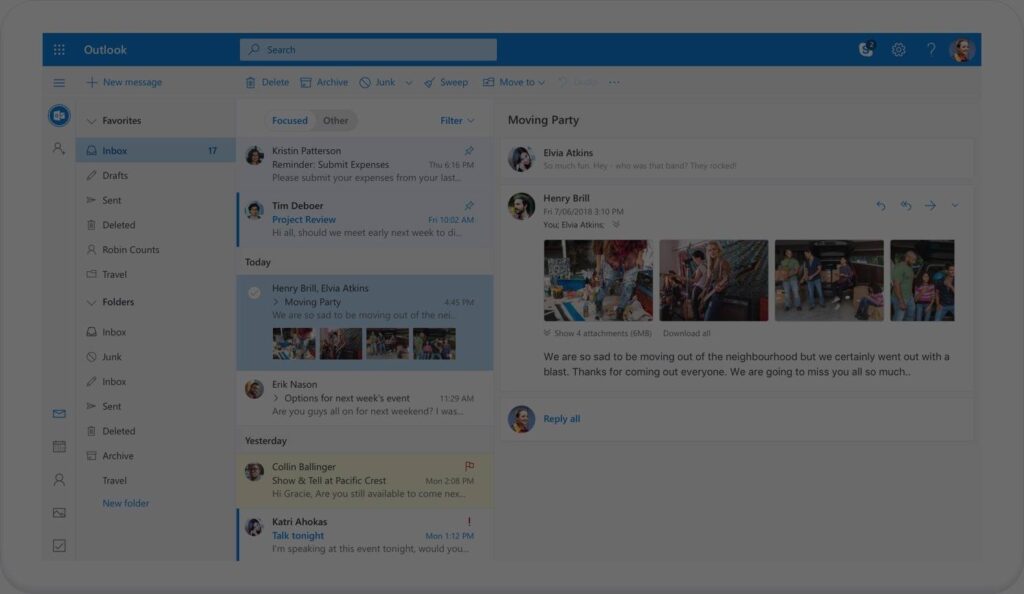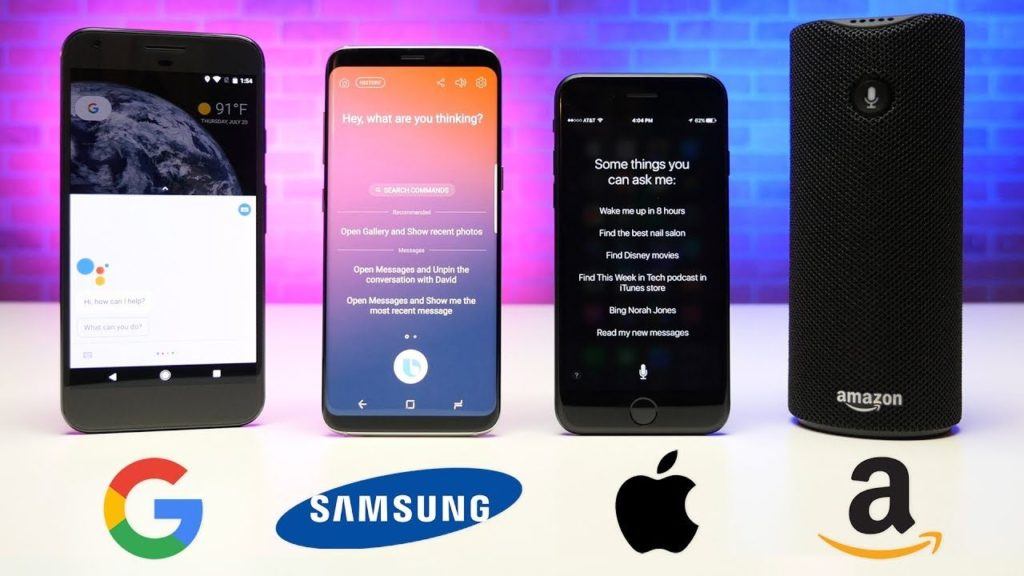Tip of the Week: Outlook 2016 Can Do More than You Think

Email is one of the most common productivity tools in any office. It can also be one of the easiest to become disorganized. However, users of Microsoft Outlook 2016 will find that the program provides plenty of useful tools to ensure that your communications don’t get out of hand. For this week’s tip, we’ll explore […]
Checking In on Today’s Virtual Assistants

The virtual assistant has become a commonly-known feature of most technology around today. While many people might first associate them with their mobile devices, virtual assistants have been appearing in more and more technologies. What assistants are out there today, and what capabilities do they have? Let’s discuss. Virtual Assistants, Today and Tomorrow Today, we […]
Tip of the Week: 3 Microsoft Office Programs Made for Collaboration

Microsoft Office Is Where Work Starts Microsoft Office is no stranger to improving collaboration with their solutions, as many of them were meant to do just that- improve collaboration. Below, we’ll discuss three such solutions, and how you can optimize your use of them for collaboration purposes. OneDrive for Business While OneDrive for Business’ collaboration […]
PowerPoint Can Be For More Than Just Presentations

Most offices contain a productivity suite, and most productivity suites will come with some type of slideshow software that can be used to prepare presentations. Microsoft PowerPoint is a great tool to make slideshows, but it can be used for other purposes that you might not immediately think of. We’ll go over some of the […]








